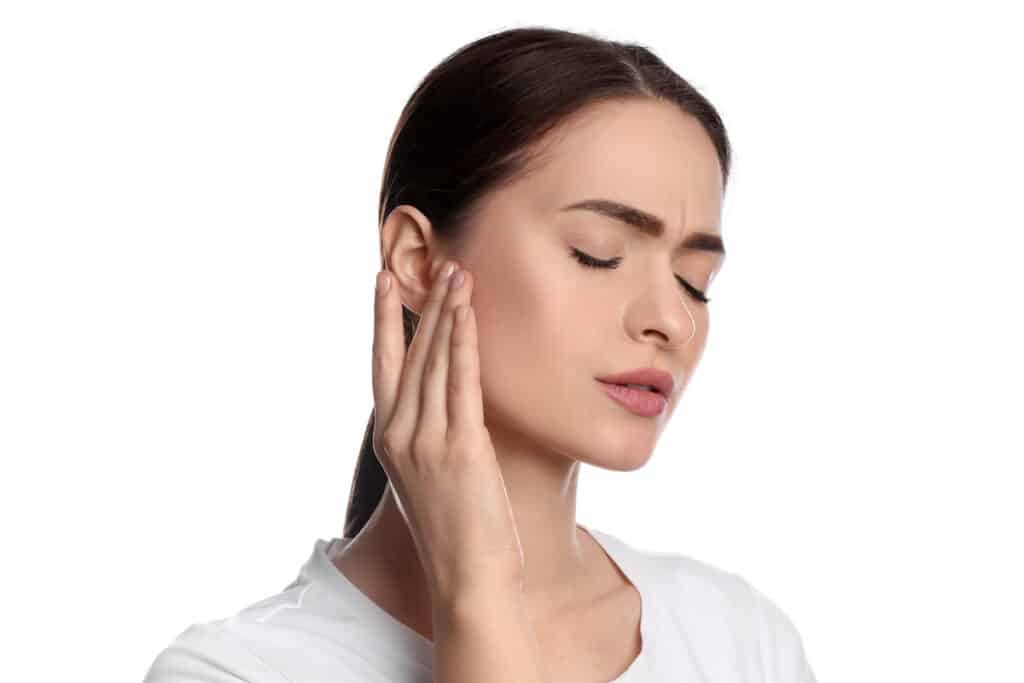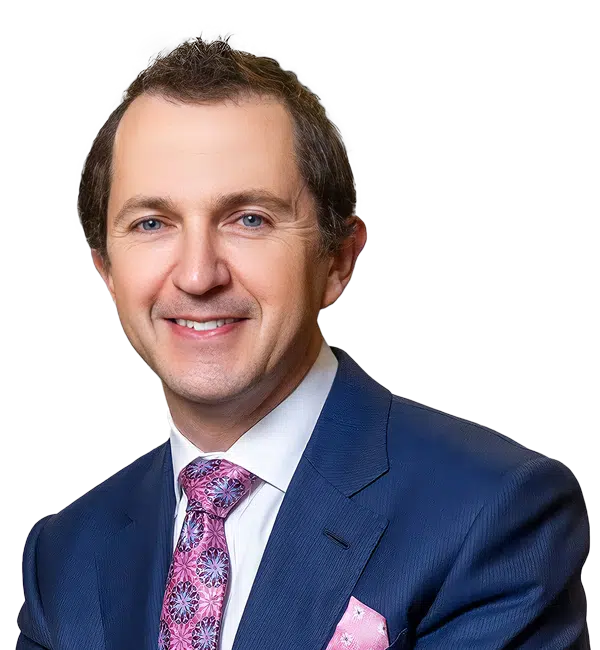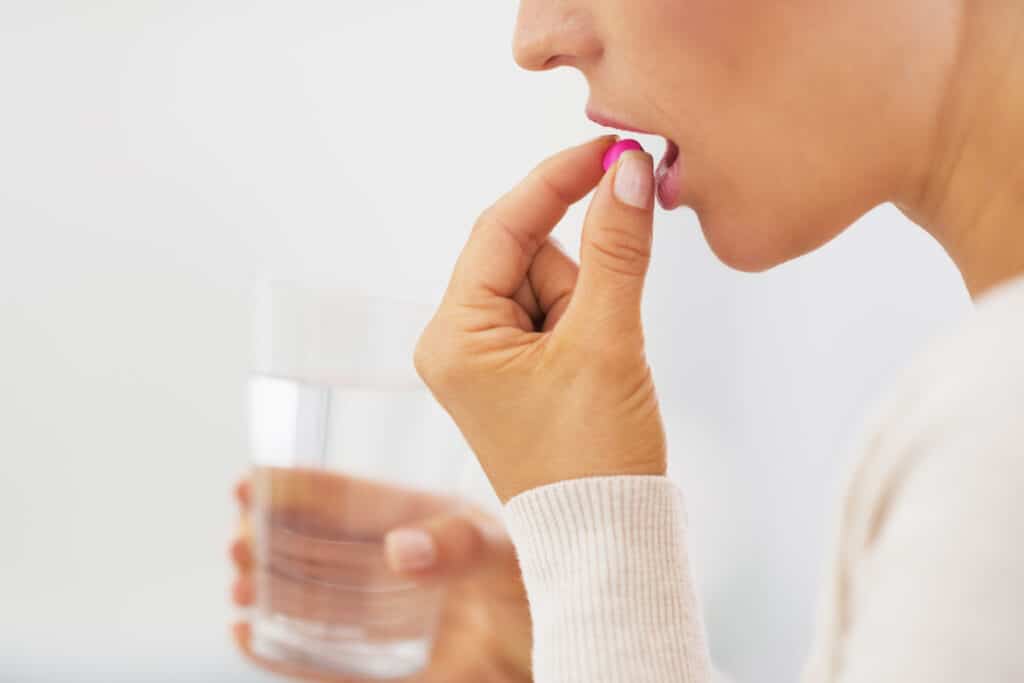Have you ever wondered what it takes to safely recover from otoplasty and avoid infections? This article offers an insightful look into the entire process. From understanding the procedure itself to identifying risks and learning the dos and don’ts of post-surgery healing, you will gain essential knowledge to ensure a smooth recovery. Keep reading to learn about taking care of your ears after the procedure, recognizing potential complications like an ear infection after otoplasty, and the steps for successful, infection-free healing.

Understanding the Otoplasty Surgical Procedure
Otoplasty, commonly known as ear pinning surgery, is a cosmetic procedure designed to adjust the shape, position, or size of the ears. Whether for aesthetic reasons or to correct congenital ear deformities, the procedure involves carefully sculpting the cartilage for a natural and balanced appearance.
How It Works:
- Incisions are made behind the ear to access the cartilage.
- The cartilage is reshaped or repositioned, depending on the patient’s needs.
- Sutures are placed to hold the new shape securely.
- The healing process begins, which is crucial for achieving the best results.
While the procedure itself is safe and effective, post-surgical care is just as important as the surgery itself. Understanding how to care for your ears after surgery can prevent complications like infections and ensure a seamless recovery.
What is Normal During the Healing Process
After surgery, it’s completely normal to experience: ✔ Mild swelling and bruising
✔ A tight or full sensation around the ears
✔ A small amount of clear or light bloody discharge
However, some signs may indicate a problem. If you notice the following symptoms, it could suggest an infection:
🚨 Persistent or increasing redness and swelling
🚨 Throbbing pain that worsens over time
🚨 Foul-smelling or yellow-green discharge
🚨 High fever or chills
Recognizing these warning signs early can prevent complications and protect your results.
What Causes an Infection after Otoplasty?
Specific lifestyle habits can exacerbate the risk of complications following ear surgery. Some factors can impact tWhile infections are rare with proper post-op care, certain habits and factors can increase your risk. These include:
🚬 Smoking – Reduces blood flow and slows healing.
🍔 Poor nutrition – A lack of essential nutrients can weaken your immune system.
💪 Strenuous activity – Overexertion can stress your body and disrupt healing.
💤 Inadequate rest – Sleep is essential for a strong immune response.
By making small, intentional choices, you can help your body heal faster and lower your risk of complications.
Recognizing the Signs of Infection After an Otoplasty
It’s essential for a person who has undergone an otoplasty surgical procedure to be cognizant of the signs that may suggest a case of infection. Some indicators include:
- Prolonged and abnormal swelling
- Redness around the ear
- Persistently high fever
- Severe headaches
- Chest pain
- Recurring and chronic pain around the surgical incisions
Understanding these symptoms allows the recipient of the surgery to take appropriate action in time, which significantly raises the chance of successful treatment. If overlooked, these signs may result in harm and prolong the healing and recovery process. The care taken during the immediate post-operative period often determines whether or not an infection will occur.

Managing Infection after Ear Pinning
If an infection does occur, it’s important to act quickly. The treatment will depend on the severity and the type of bacteria causing it:
- Often treated with topical or oral antibiotics prescribed by your Otoplasty surgeon.
- Proper wound care, including keeping the area clean and dry, helps prevent worsening.
Mild Infections
- May require anti-inflammatory medications to reduce swelling and discomfort.
- Pain relief medications can also be prescribed to ease discomfort.
Moderate Infections
- If antibiotics don’t work, additional surgery may be needed to drain the infection.
- The procedure is usually performed under general anesthesia and involves flushing out pus or debris to prevent further spread.
Severe Infections (Rare cases)
Post-Treatment Care
🩹 Wound Care: Follow your doctor’s aftercare instructions to ensure proper healing. Applying antiseptic creams may help reduce swelling and speed up recovery.
👕 Clothing & Activities: Wear loose clothing and avoid excessive movement that could put strain on the surgical area.
🚫 Preventing Future Infections: Keeping the surgical site clean, dry, and following all post-op hygiene guidelines can reduce the risk of complications.
Reducing the Risk of Infection After Otoplasty
Minimizing the risk of infection after otoplasty is of paramount importance to ensure a smooth recovery and avoid severe complications. This involves adopting a comprehensive approach toward wound care, body wellness, and compliance with the surgeon’s detailed instructions.

Especially in and around the surgery area, is key. Simple actions like washing your hands before touching your ears can substantially reduce the chance of introducing bacteria to the healing site, lowering the risk of an infection.
Prioritizing hygiene
Incorporating a balanced diet rich in protein, vitamins, and other nutrients can expedite healing and reduce the risk of complications. Also, limiting alcohol and avoiding smoking can derail recovery.
Having a Balance Diet
Adhering to the prescribed medication by the surgeons can also aid in reducing infection risk after otoplasty. This can include antibiotics to prevent infections and pain management medication to alleviate discomfort.
Taking medication
Prompt response to signs of potential infection can also limit its spread and severity. A noticeable increase in pain, redness, swelling, pus discharge, or an unusual warmth around the surgery area may indicate an infection. In such a scenario, you must communicate with your surgeon immediately to prevent injury or any long-term complications.
Be alert
Informed vigilance and proactive self-care are integral to curbing the risk of post-otoplasty infection and enabling safe recovery.
The Dos and Don’ts of the Otoplasty Recovery Process
Taking care of your body during the recovery process is crucial after an otoplasty Cincinnati The initial recovery peFollowing your surgeon’s aftercare instructions is key to a smooth recovery. Here’s what you should (and shouldn’t) do:
✅ Do This:
✔ Get plenty of rest – Your body needs time to heal.
✔ Keep your headband on at night – It protects your ears while sleeping.
✔ Apply cold compresses – This can help reduce swelling.
✔ Eat a nutritious diet – Foods rich in vitamins and proteins promote faster healing.
❌ Avoid This:
🚫 Heavy lifting – Strenuous activities can put strain on the healing tissues.
🚫 Touching or rubbing your ears – This increases the risk of irritation or infection.
🚫 Sun exposure – Can cause irritation and prolong healing.
🚫 Smoking or alcohol – These delay healing and increase risks.
These small but important habits can make all the difference in ensuring a smooth recovery.
Ensuring a Safe and Successful Post-Otoplasty Recovery
A successful otoplasty doesn’t just depend on proper aftercare—it starts with selecting the right surgeon. Dr. Alexander Donath, a board-certified facial plastic surgeon, specializes in modern otoplasty techniques that prioritize both aesthetics and safety.
With years of experience in delicate facial procedures, Dr. Donath ensures that his otoplasty patients receive expert care, from consultation to full recovery.
🌟 Why Trust Dr. Donath?
✔ Extensive experience in facial cosmetic surgery
✔ Focus on minimally invasive techniques for faster healing
✔ High patient satisfaction rates and natural-looking results
If you’re considering otoplasty—or need expert advice on post-surgery recovery—schedule a consultation today and take the first step toward achieving the look you desire.
Book Your Consultation Now 📅
Take control of your recovery and ensure the best possible outcome. Contact our office today to get started!
